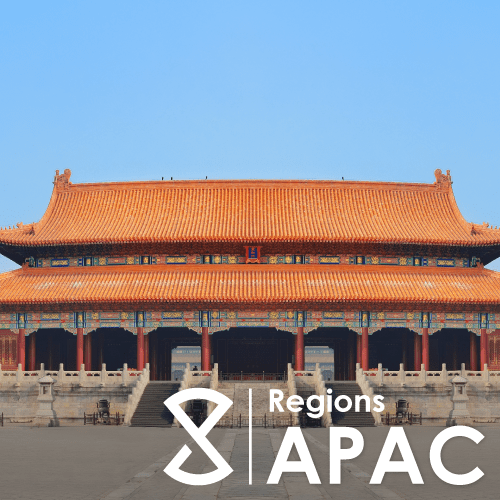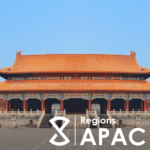

ANZ: Students and Immigrants Drive Platform Adoption in Australia and New Zealand
Educational journeys fuel cross-cultural digital engagement and lifestyle content
Across university campuses in Sydney and Melbourne, a distinctive digital ecosystem is emerging that bridges Eastern innovation with Western lifestyle. Unlike regions where tourism drives platform adoption, Australia and New Zealand’s integration is fundamentally about community, education, and cultural integration through diaspora networks.
ANZ
Integration vs. Adoption: The ANZ Difference
Education as the Central Connector

Bicultural Digital Navigation
High-Value Community Engagement

Key Figure
Proportion of Australian Xiaohongshu users classified as high-spending consumers, creating a premium opportunity for targeted marketing that understands bicultural consumer journeys.
*Data Source: Xiaohongshu Internal Data, 2024

Key Takeaway for Brands
REGIONAL NEWS
The Global Playbook: Regional Insights & Trends









